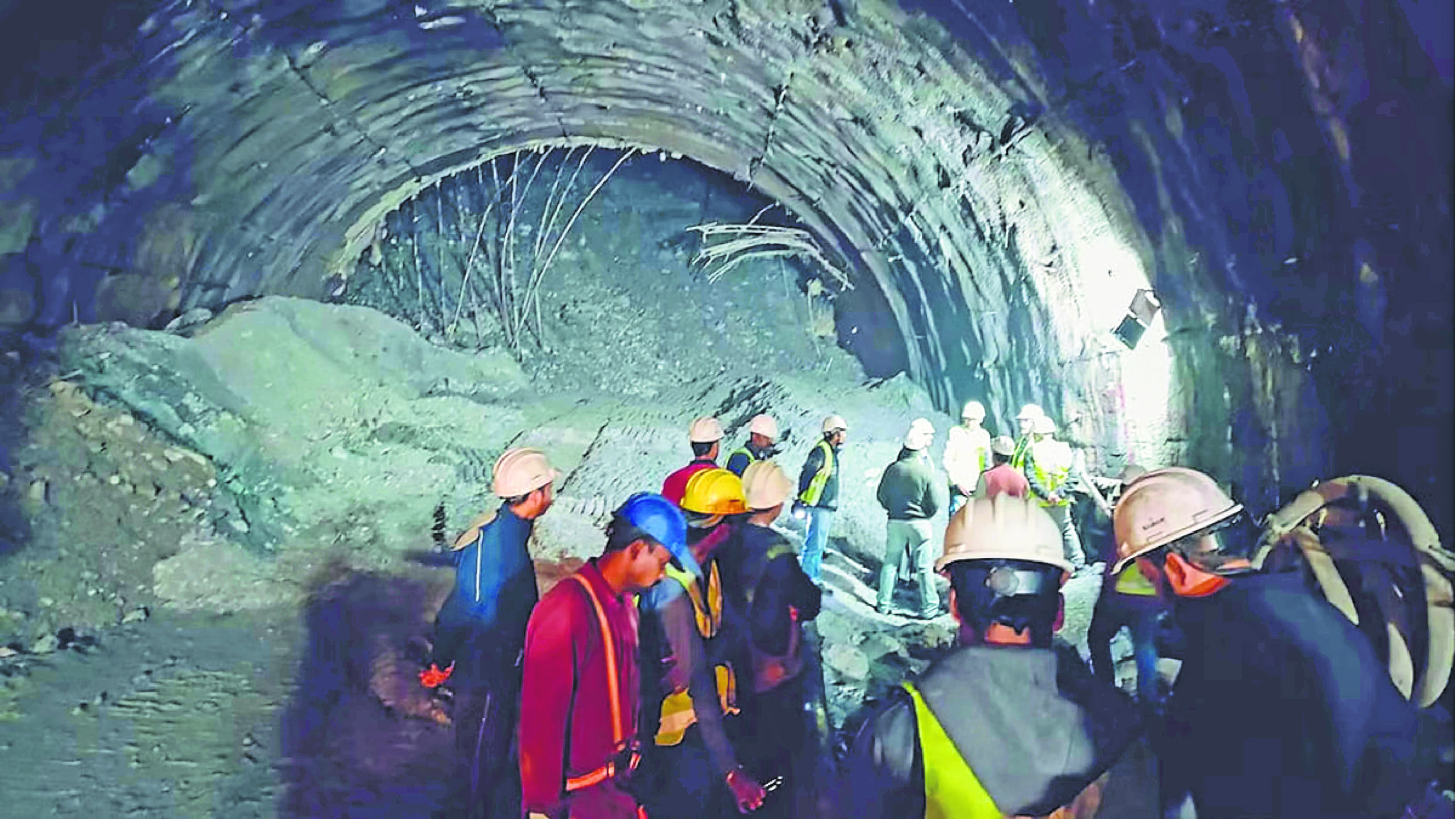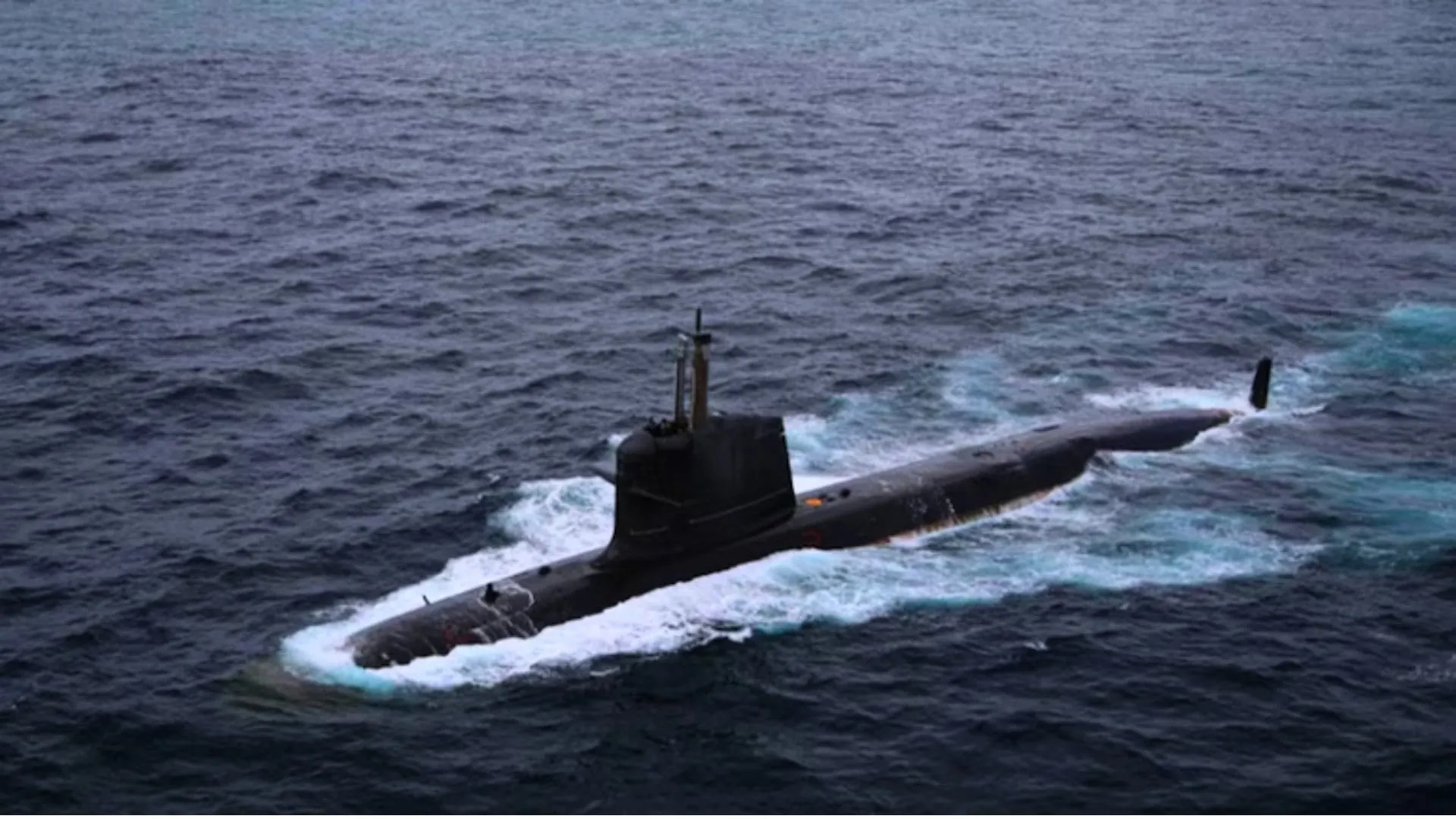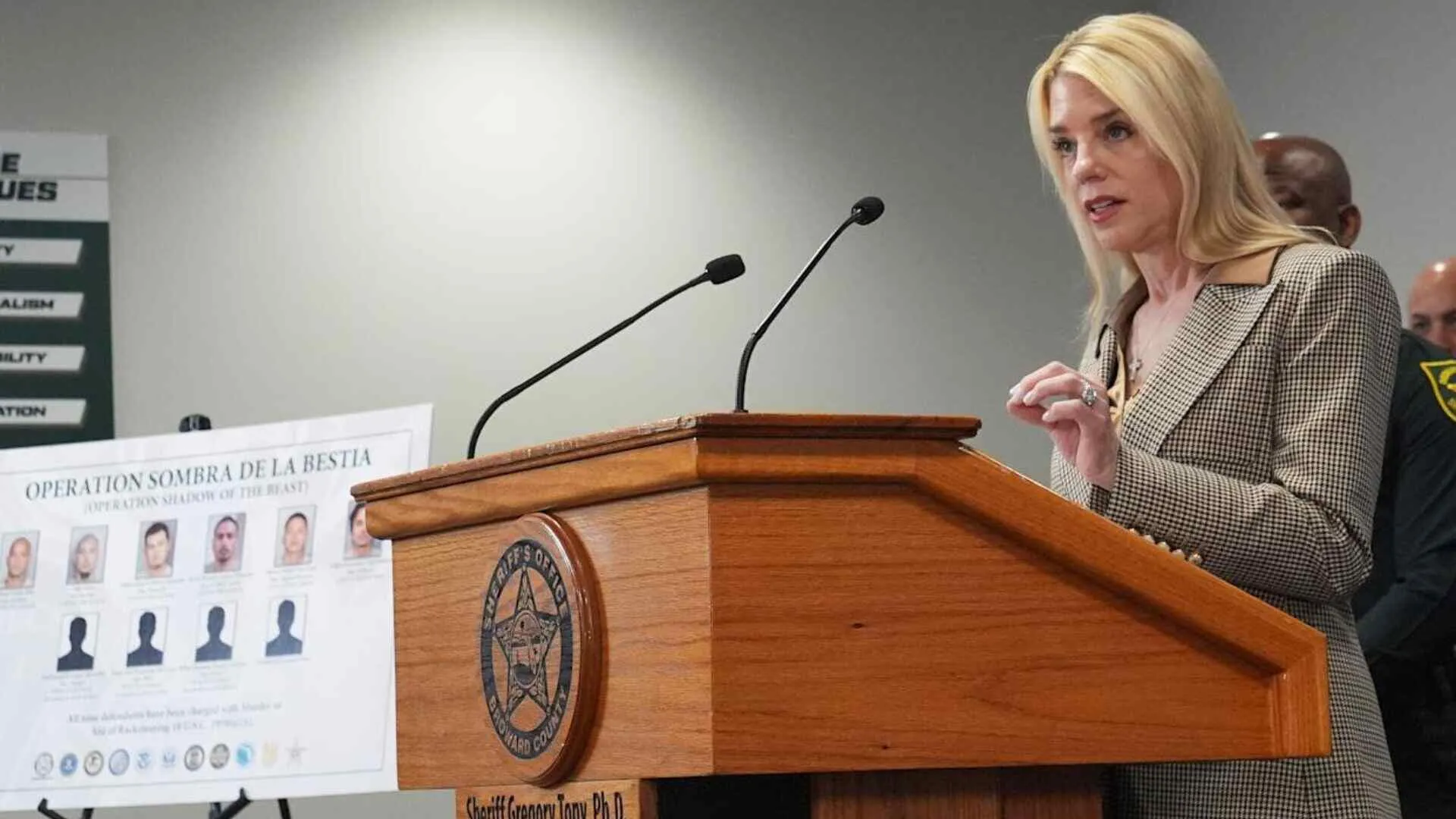41 lives which remained on tenterhooks for 17 long days heaved a sigh of relief along with the whole nation when they were finally rescued in a mammoth operation involving a dozen agencies. The portion of Silkyara- Barkot tunnel which entrapped 41 workers on the day of Diwali has brought the spotlight on alarming lapses in safety audits and protocols by the company and the government involved in the construction. A number of questions arise which may also get buried under the debris of blunder.
As soon as I reached the rescue operation site, my mind went to a standstill for a while as never have I ever seen such large scale efforts on the ground and a question came to my mind, why no escape route has been created in a tunnel of more than 3 kilometres. Row of ambulances, state of the art machines,NDRF AND SDRF personnel, everyone on their toes with a priority to evacuate the lives trapped inside the tunnel.
Meanwhile, a question looms, “is this tragedy a stark contrast that the government cares more for the profits of companies than the lives of the workers?” On the morning of 26th November, I interacted with the father of one of the trapped workers, Chaudhary; clouds of uncertainty loomed over his head as all the hopes to reunite were dimming with each passing day. Chaudhary broke down saying,” I have already lost my one son in a bridge collapse incident, I have lost my finger while working, there is now no breadwinner in the family and I don’t want to lose my second son.”
With glitches after glitches, the whole nation was waiting to see the light at the end of the tunnel but every effort proved to be a failure. Where modern machinery couldn’t remove a huge wall of debris, the conventional rat hole miners came as lifesavers and a ray of hope.
One of the miners, Munna, told me,“ we have been doing this for more than 10 years, we are not scared to go inside, we just want to make sure that our 41 brothers come out of the tunnel safely.”
The nation and agencies finally heard the good news when the mild steel pipe was pushed through the debris and an escape passage was created. After 400 hours of strong grit, all the workers were evacuated and were transported to a nearby makeshift hospital for the further medical examination, a moment the whole country was waiting for.
However, in a shear zone like the Himalayas where construction activity should be done with utmost safety, why was the safety audit not conducted in the first place? The Norms were flouted despite the guidelines set by the national safety council.
One of the major lapses which rings the alarm bills is that no escape route was created. As per the standard operating procedure, tunnels exceeding a length of 3 kilometre should have an escape route. An escape route was planned for the 4.5 km long Silkyara-Barkot tunnel but it was never implemented and paid heed to. Experts also suggest that Himalayas are still very young, growing due to a collision between Indian and eurasian tectonic plates.
It is imperative to conduct comprehensive geological studies, proper reece should be done before planning for such projects. Nevertheless, the herculean tunnel rescue operation is a tale of resilience, perseverance and strong resolve of both the agencies and the workers.
Akshit Gupta is a correspondent with ITV Network who strives to find meaningful stories on the ground. He has prominently reported across spectrum: politics, international issues, crime, health and attempts to bring nuance and context to coverage.























